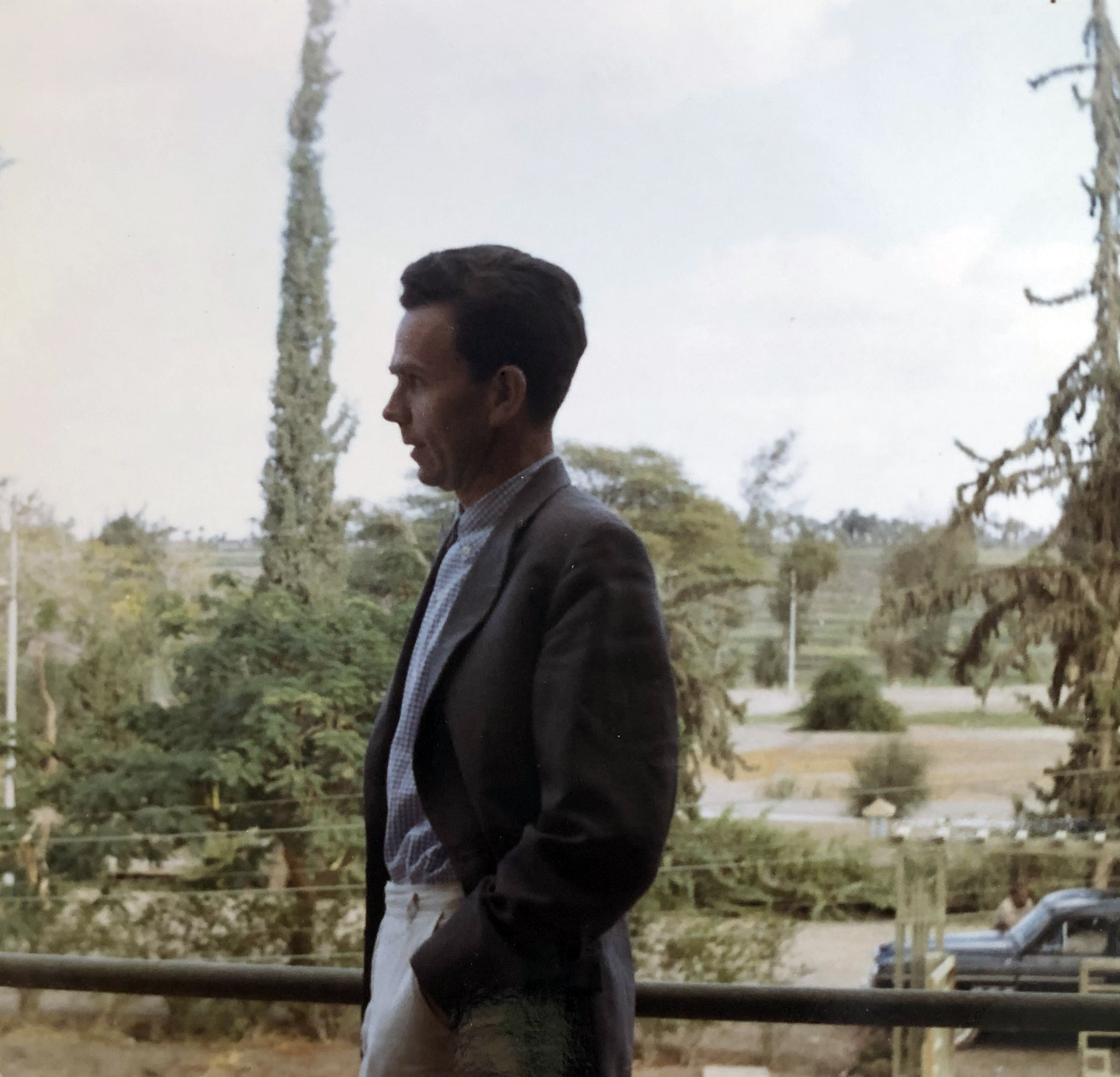How my grandfather and I split Abu Simbel (work in progress)
This ongoing project is a memory in three generations, weaved into one narrative and combined with archival documentations. Together, they tell the story of the relocation of the Abu Simbel temples in southern Egypt in the 1960s.
When the Aswan High Dam was constructed, a vast area around the Nile south of the dam was submerged under the surface of the water, including many Nubian settlements and ancient monuments. Two temples gained particular attention; the temples of Ramses II and Nefetari in Abu Simbel. On behalf of UNESCO, the Swedish Vattenbyggnadsbyrån (now Sweco) headed the engineering of their relocation, with the plan to cut the temples into large pieces and move them into safety, one by one. As one of their engineers, it was my grandfather Birger Steby’s (1920-2016) position to calculate where the temples should be cut. This story has been told over and over in my family. As a child, I listened to my grandfather tell this magical fairy-tale with a candid imagination.
In the project, I combine my childhood memories with my mother’s testimonies and my grandfather’s private collections of letters, images and notes, as well as Sweco’s and UNESCO’s archival documentation of the relocation. This is a memory in three generations, but it is also three generations’ perspectives, where the 1960s’ visionary view on engineering and faith in industrialisation meets contemporary questions of decolonisation, the many controverises around the construction of the dam and the forced displacement of the Nubian population.
With the support of the Swedish Arts Grants Committee, Längmanska Kulturfonden & Helge Ax:son Johnsons Stiftelse. As well as very generous help from the archive at Sweco.
When the Aswan High Dam was constructed, a vast area around the Nile south of the dam was submerged under the surface of the water, including many Nubian settlements and ancient monuments. Two temples gained particular attention; the temples of Ramses II and Nefetari in Abu Simbel. On behalf of UNESCO, the Swedish Vattenbyggnadsbyrån (now Sweco) headed the engineering of their relocation, with the plan to cut the temples into large pieces and move them into safety, one by one. As one of their engineers, it was my grandfather Birger Steby’s (1920-2016) position to calculate where the temples should be cut. This story has been told over and over in my family. As a child, I listened to my grandfather tell this magical fairy-tale with a candid imagination.
In the project, I combine my childhood memories with my mother’s testimonies and my grandfather’s private collections of letters, images and notes, as well as Sweco’s and UNESCO’s archival documentation of the relocation. This is a memory in three generations, but it is also three generations’ perspectives, where the 1960s’ visionary view on engineering and faith in industrialisation meets contemporary questions of decolonisation, the many controverises around the construction of the dam and the forced displacement of the Nubian population.
With the support of the Swedish Arts Grants Committee, Längmanska Kulturfonden & Helge Ax:son Johnsons Stiftelse. As well as very generous help from the archive at Sweco.




Images by Birger Steby & Mikaela Steby Stenfalk